
COVID19: is a mask a mask ?
- Connexions
- 2020-08-14
- 2648
There is a lot of confusion in Europe about masks. There are different types of masks and it is important to understand the function of the different types and what the user can expect from these masks. In the EU we also have different legal requirements depending on the function of the mask.
A brief overview is given in the table below, more details in the text under the table.
|
|
Protective mask* |
Medical mask* |
Community mask |
|
Other terms used |
FFP2 / FFP3 / FFP1 / respirator / filtering face piece / filtering half mask |
Surgical mask |
Everyday mask / community mask / artisanal mask / comfort mask / hygiene mask / civil mask / DIY (do-it-yourself) mask |
|
Function |
Protect the wearer from harmful dusts or aerosols / particles in the air
|
Protect the patient by reducing the risk of spreading infective agents via exhaled air of the wearer |
Assist in the reduction of the viral load in the atmosphere |
|
Applicable legal frame |
PPE Regulation (EU) 2016/425 – category III |
Medical Devices Directive 93/42/EEC – class I (class IIa for sterile medical masks) |
Not regulated |
|
Marking |
CE + 4 digit identification number of the notified body responsible for the production follow-up |
CE |
No CE allowed |
|
Applicable EN standard |
EN 149 |
EN 14683 |
CWA 17553 |
*: some masks are both Protective and Medical mask and comply to both legal acts and are tested to all relevant standards for both functions.
1. Protective masks (often referred to as FFP2 – other terms used : FFP3, FFP1, respirator, filtering face piece, filtering half mask).
These masks are designed to protect the wearer of the mask against external substances that can cause health problems, so you could say from outside to inside.
- Protective masks are a type of respiratory protective equipment. Hence, they are Personal Protective Equipment (PPE) and thus must comply with the Regulation (EU) 2016/425. All respiratory protection is protecting against the highest level of risk (mortal or irreversible damage to health) and thus category III PPE. This category means that the conformity assessment procedure includes type examination by a Notified Body as well ongoing independent production quality checks and assurance by a Notified Body.
- For the masks used to protect against viruses, the European harmonised standard EN 149:2001+A1:2009 is typically used by manufacturers as means to prove compliance with the PPE Regulation. In this standard 3 classes of masks are described : FFP1, FFP2 and FFP3. FFP3 offers the highest level of filtration and the lowest level of inward leakage.
- The employer makes, based on the risk analysis, the choice of the type of respiratory protection and the class of mask needed to protect in a given working environment. In industry the masks are used to protect against a variety of particles or aerosols. Protective masks are used in a range of activities form plastering to asbestos inspection depending on the risks and working environment.
- In the case of the COVID-19 virus : given the transmission of the virus (airborne and via droplets) and the risks related to it, FFP2 is considered as the minimum protection needed, FFP3 being the preferred solution.
- FFP2 / FFP3 masks are typically non reusable (other term : disposable), meaning they are to be used only once. The materials used to produce the masks are several layers of nonwoven material.
- At the moment, manufacturers and others are studying the possibility to decontaminate In some cases, good results are obtained. Contact the manufacturer when interested to obtain the possibilities that have been tested and approved. It has to be remarked that these studies are related to protection against the virus, not for other uses.
- An important characteristic of respiratory protective equipment is the fit on the face of the wearer. Indeed, if the fit is not correct, the contaminated air will leak into the mask and put the wearer’s health at risk, regardless of the filter efficiency of the equipment. The adjustable head harness (not elastic earloops) is a key feature to obtain an acceptable fit. But also, this means that ‘one size fits all’ is seldom the correct way to go, specialised manufacturers offer different sizes of masks (and other types of respiratory protective equipment), so that all types and sizes of faces can find the good fitting mask.
- Also during use, the fit is essential to the performance of the mask. Therefore, in some countries, a fit test is obligatory or recommended for all wearers of respiratory protective equipment (including masks) to make sure that they use the correct equipment, correctly fitted and in the correct way. For instance, persons with facial hair will typically not pass the fit test with a mask as the facial hair will prevent the seal of the mask on the face, and thus create inward leakage. For persons with facial hair, other solutions are available (e.g. powered supplied air respirators with hoods).
- While protective masks are not designed to filter the exhaled air (inside to outside), and thus not tested for this characteristic, the filtering material will obviously work in both directions (outside to inside and inside to outside). Some FFP2 and FFP3 masks are equipped with an exhalation valve. This to increase the comfort of the wearer by decreasing the resistance while exhaling. In this case the filtering effect from the inside to the outside might be decreased (depending on the type of valve).
- Some protective masks may offer additional protection from inside to outside (so as medical mask function). In that case, this functionality will be demonstrated by applying the relevant standard (EN 14683) in addition to EN 149. This will also be reflected in the Declaration of Conformity.
- Standards (and classification) used for protective masks in other parts of the world, limited to WHO recommendations for COVID-19 (not applicable for other risks where protective masks are used) :
- USA : NIOSH 42 CFR 84 – minimal classification N95
- China : GB 2626-2006 – minimal classification KN95
- Alternatives for protective masks to protect against the COVID-19 virus :
- Half or quarter mask (applicable standard : EN 140) or full face mask (applicable standard : EN 136) with the appropriate filter P3 or P2 (applicable standard : EN 143)
2. Medical masks (other terms used : surgical masks).
These masks are designed to protect the patient against possible contamination exhaled by the medical staff during treatment (including surgical procedures), so you could say from inside to outside.
- Medical masks are within the scope of the Medical Device legislation (currently Directive 93/42/EEC – in the future Regulation (EU) 2017/745). As medical masks are, from the point of view of the medical device legislation, considered as low risk, they are in class I (class IIa if the masks are sterile, which is typically not the case). Class I means that the conformity assessment procedure does not require the involvement of a Notified Body.
- For the medical masks, the European harmonised standard EN 14683:2019 is typically used by manufacturers as means to prove compliance with the MD legislation. In this standard 3 types of masks are foreseen : I, II and IIR. IIR offers the highest level of filtration as well as some protection against splashes of liquid. Type II and IIR have the same level of bacterial/microbial filtration efficiency.
- Medical masks are typically non reusable (other term : disposable), meaning they are to be used only once. The materials used to produce the masks are several layers of nonwoven.
- While for protective masks, the fit is an important characteristic of the mask, for medical masks there is no requirement on the fit. Often the masks are rectangular with folds, sometimes with an additional nose piece to allow a better adjustment to the form of the nose.
- While this type of masks is not designed to filter the inhaled air (outside to inside), and thus not tested for this characteristic, the filtering material will obviously work in both directions to some extend. The fact that there is no tight fit on the face will however certainly limit the outside to inside effect.
- Standards (and classification) used for protective masks in other parts of the world :
- USA : ASTM F-2100
- China : YY 0469-2011 (surgical mask) / GB 19083-2010 (medical protective mask)
3. Community mask (other terms used include : community mask / artisanal mask / comfort mask / hygiene mask / everyday mask / civil mask / DIY (do-it-yourself) mask)
- These masks are neither PPE nor MD. They are not regulated and there are no European standards. This means there is no testing required. CE marking is not allowed.
- These masks can under no circumstances replace respiratory protective equipment in the workplace. Nor can they replace medical masks in the healthcare.
- This type of mask is advised or even made obligatory to wear in several countries, without any requirements for the masks.
- At best, the function is to reduce the spreading of the virus by capturing saliva and other secretions from mouth and nose. This effect can also be reached by any form of textile/filtering kept in front of the mouth and nose
- These masks are often made of different types of textiles, possibly with the inclusion of a filtering material.
- Production of these mask can be done in settings ranging from artisanal at home up to industrial mass production.
- In several countries, the authorities, national standards body or other organisations have published a specification for masks which gives a minimum level of filtration efficiency. See e.g. AFNOR, AENOR, NBN.
- On the 17/06/2020 CEN published a European specification : CWA 17553:2020 ‘Community face coverings - Guide to minimum requirements, methods of testing and use’. This document is can be downloaded free of charge from the CEN webpage. Annex C of this CWA contains a list of national specifications available at the date of publication of the CWA, including internet links where to obtain these documents.
- Risks involved with these masks :
- False sense of protection. Wearers of this type of masks might feel protected (which is not the case) and thus will be less attentive to their behaviour (social distancing, washing hands, not touching face, …).
- If the masks are not correctly washed and dried, the virus will stay within the mask and can create a source of infection.
- Depending on the type of material and the washing + drying method used, the filtering efficiency will decrease slower or quicker in time.
-
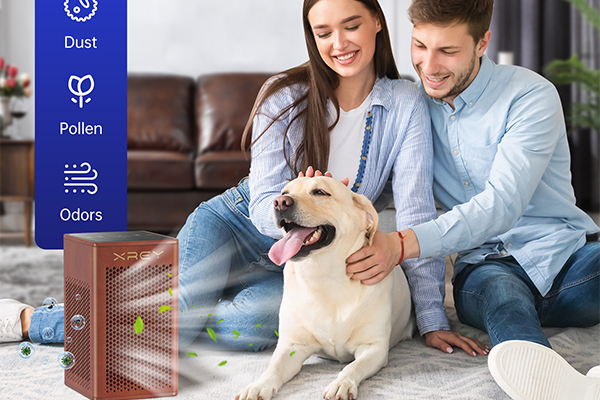 2022-04-26Are air purifiers environmentally friendly ?
2022-04-26Are air purifiers environmentally friendly ? -
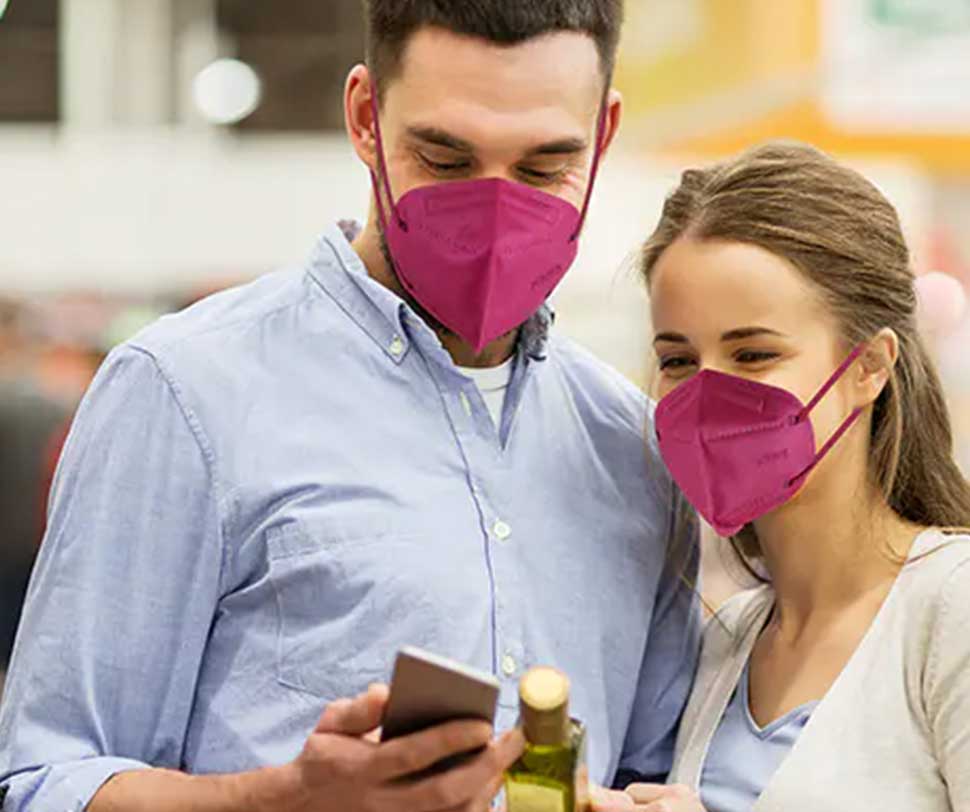 2022-04-26The importance of wearing a mask correctly
2022-04-26The importance of wearing a mask correctly -
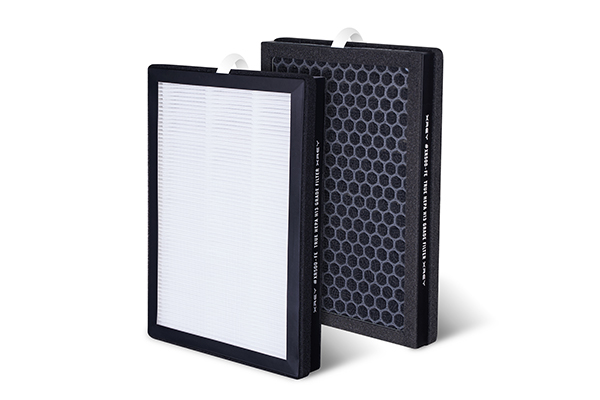 2022-04-27Connexions Air H13 True HEPA Filters
2022-04-27Connexions Air H13 True HEPA Filters -
 2022-04-29What is the use of anion function of air purifier?
2022-04-29What is the use of anion function of air purifier? -
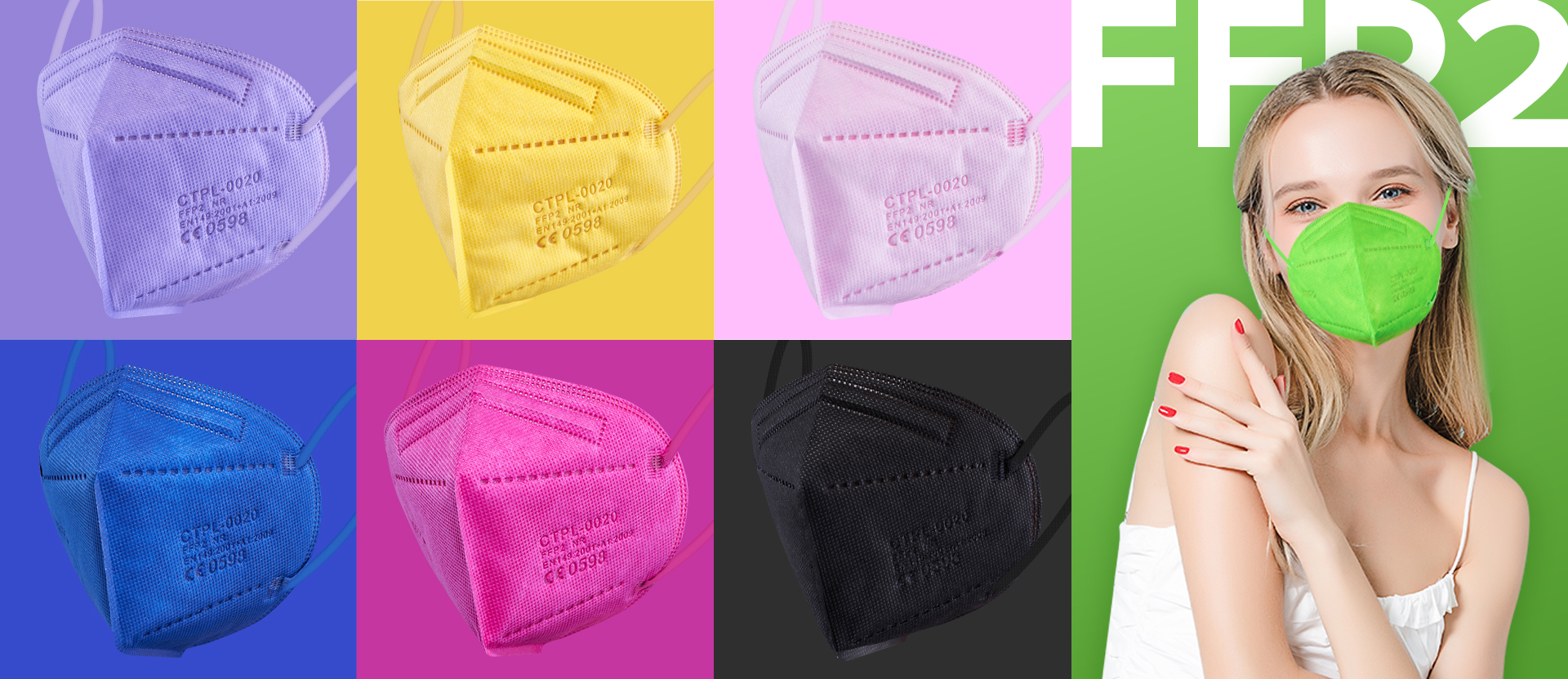 2022-05-08Standardize the wearing of masks, children should not be missed!
2022-05-08Standardize the wearing of masks, children should not be missed! -
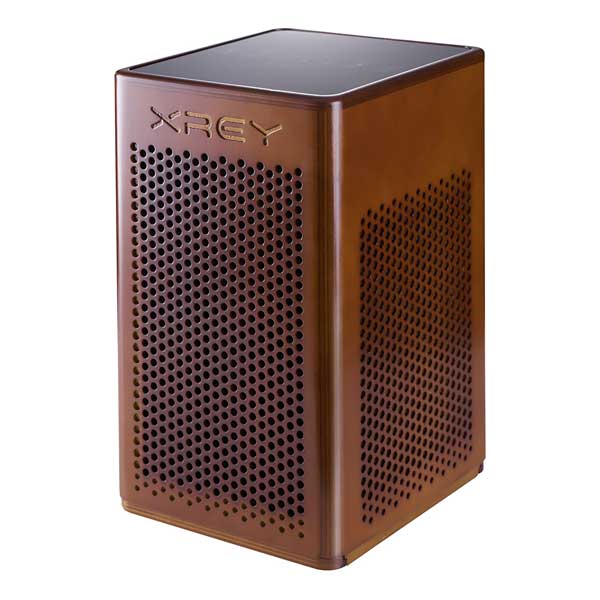 2022-05-16Hazy days, air purifiers are useful?
2022-05-16Hazy days, air purifiers are useful? -
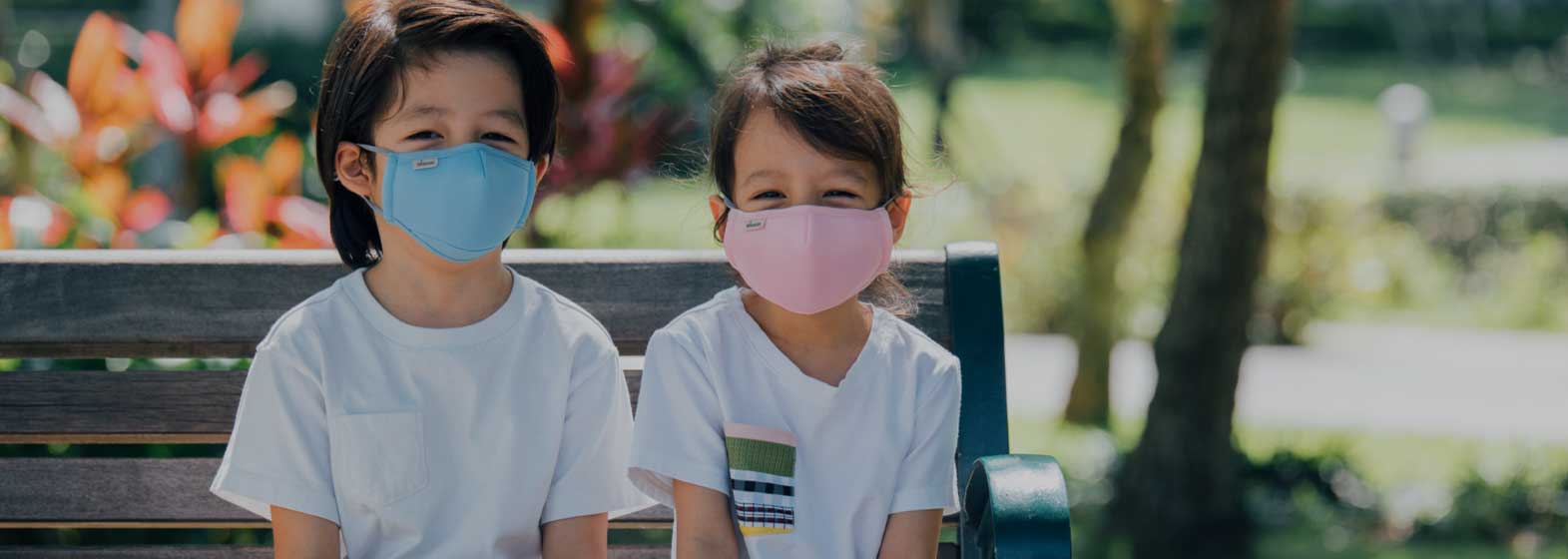 2022-05-16Attention everyone! Don't buy fake FFP2 masks! How do we identify?
2022-05-16Attention everyone! Don't buy fake FFP2 masks! How do we identify? -
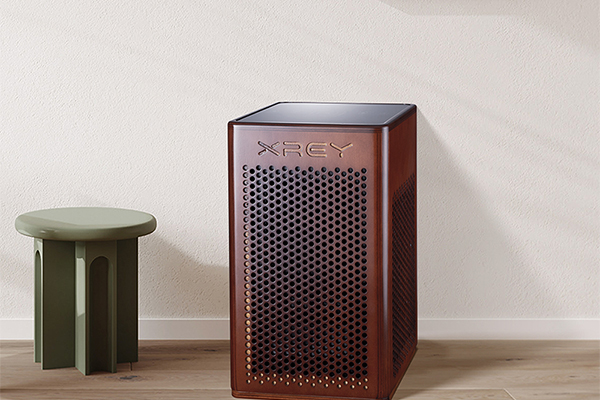 2022-05-17Pay attention to secondary pollution when using air purifiers
2022-05-17Pay attention to secondary pollution when using air purifiers -
 2022-05-17TOP5 pollutants that the purifier can purify
2022-05-17TOP5 pollutants that the purifier can purify
-
 2020-06-02Why do Face Masks Matter With This Coronavirus
2020-06-02Why do Face Masks Matter With This Coronavirus -
 2020-06-02How to Wear Mask
2020-06-02How to Wear Mask -
 2020-06-02Three Principles of Choice of Masks
2020-06-02Three Principles of Choice of Masks -
 2020-06-022020 Situation of Mask Market
2020-06-022020 Situation of Mask Market -
 2020-06-17What other preventative measures can you take to protect yourself from airborne substances?
2020-06-17What other preventative measures can you take to protect yourself from airborne substances? -
 2020-06-08The Advantage of Disposable Face Masks
2020-06-08The Advantage of Disposable Face Masks -
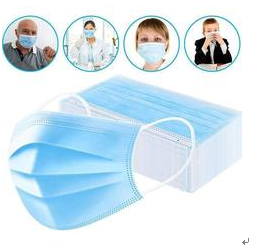 2020-06-093 Ply Disposable Face Mask & Soft & Comfortable Ear Loop
2020-06-093 Ply Disposable Face Mask & Soft & Comfortable Ear Loop -
 2020-06-17What are the regulations for surgical face masks?
2020-06-17What are the regulations for surgical face masks? -
 2020-06-09Do I need to wear a face mask if I am quarantined?
2020-06-09Do I need to wear a face mask if I am quarantined?
CONTACT US


Connexions Technology (Dongguan) Ltd.
We are always providing our customers with reliable products and considerate services.
If you would like to keep touch with us directly, please go to contact us
